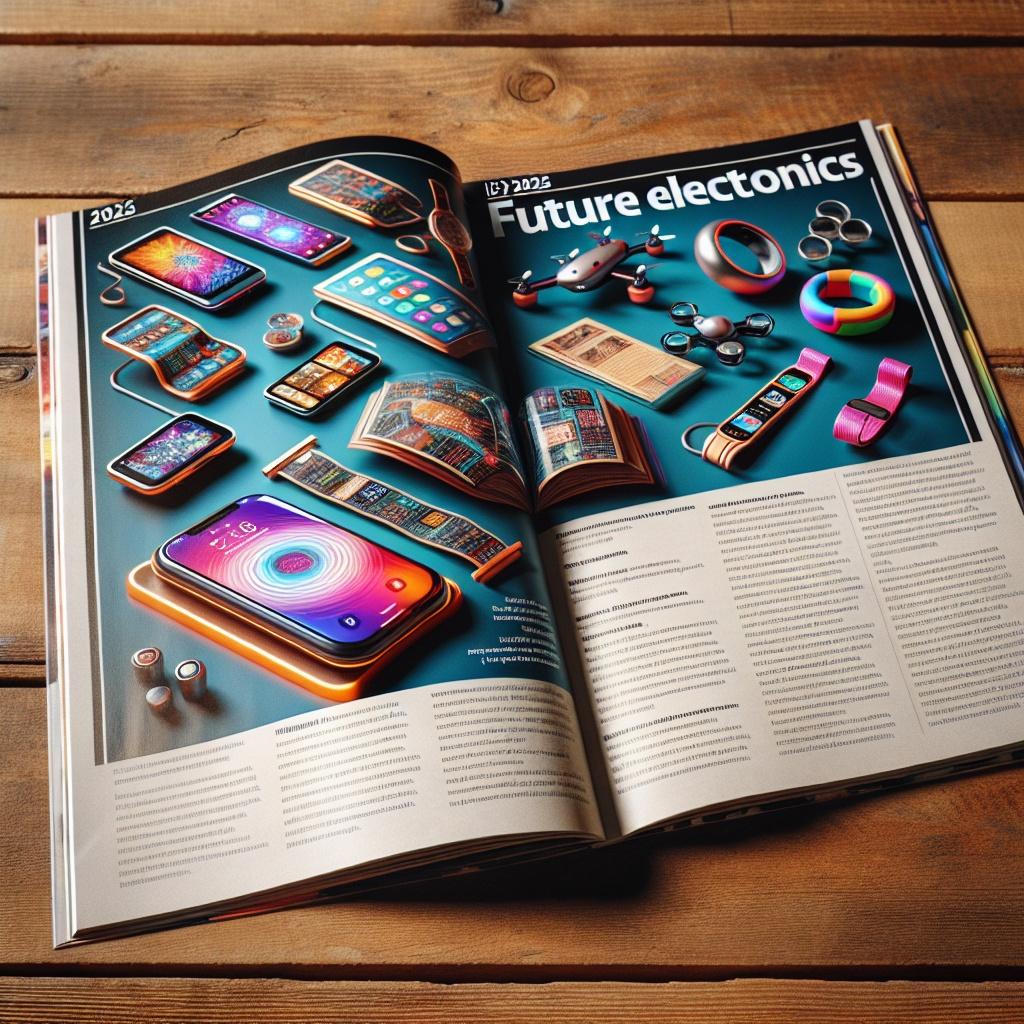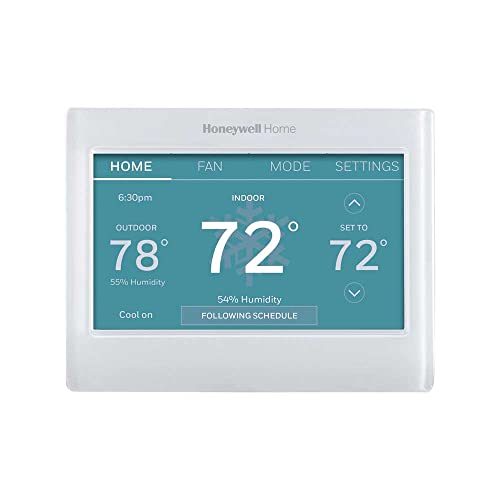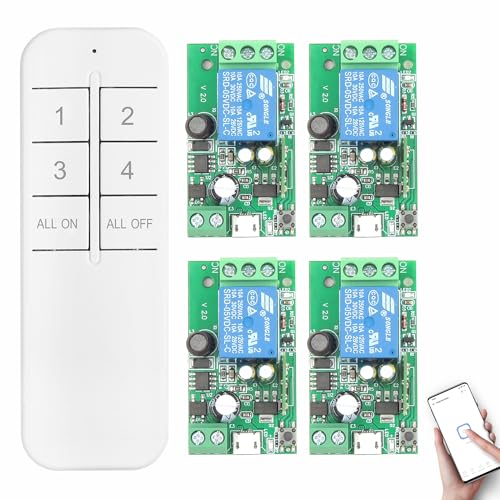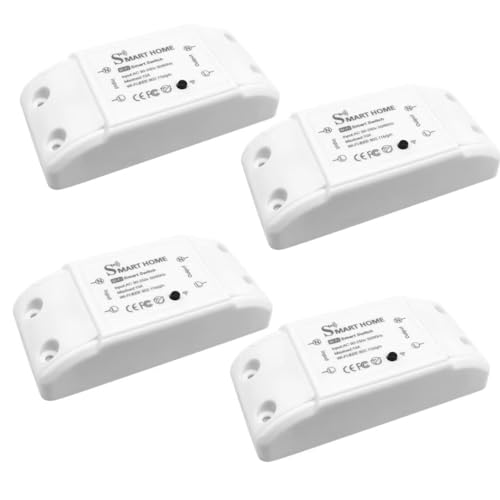Introduction to Future Gadgets
The relentless march of technological advancement has been a defining characteristic of the modern era, and the future promises even more remarkable innovations in the realm of gadgets. As we look ahead to 2025, anticipation builds around the potential breakthroughs that could reshape our daily lives. Over the years, the evolution of gadgets has increasingly focused on enhancing convenience, connectivity, and efficiency, with each new generation pushing the boundaries of what is possible.
In the coming years, we can expect to witness not only the refinement of existing technologies but also the introduction of entirely new categories of devices. The rapid growth of artificial intelligence (AI), the Internet of Things (IoT), and advancements in materials science will pave the way for a new generation of devices that are smarter, more intuitive, and more integrated into our lifestyles. Gadgets that seamlessly connect and communicate will likely enhance user experiences, leading to a more cohesive interaction with technology.
Moreover, sustainability has emerged as a pivotal theme in gadget development. Future devices are anticipated to incorporate eco-friendly materials and energy-efficient technologies, aiming to minimize their environmental impact while catering to an increasingly conscientious consumer base. The convergence of technology and sustainability will define the new standards for future gadgets, making them not only advanced but also responsible.
As we navigate through this transformative landscape, it is essential to embrace the possibilities that lie ahead. The gadgets of 2025 promise to empower individuals and revolutionize various sectors, from healthcare to entertainment, redefining the very essence of what it means to be connected. This introduction sets the stage for a deeper exploration of specific futuristic gadgets, each representing the forefront of innovation and creativity.
Smart Home Devices: Revolutionizing Daily Life
The advancing landscape of technology is set to bring about significant transformations in smart home devices by the year 2025. As innovation in this sector continues to evolve, consumers will notice enhanced smart speakers that not only excel in voice recognition but also in contextual understanding. These advanced gadgets are anticipated to integrate seamlessly with other smart systems, providing users with more coherent interactions and functionalities.
Home automation systems will also see remarkable improvements, becoming more intuitive and user-friendly. These systems will likely allow homeowners to control various aspects of their living environment, including lighting, heating, and security, with increased efficiency. With the rise of AI integration, smart home devices will be equipped to learn from user behaviors and preferences. Consequently, these gadgets will not only respond to commands but will also anticipate needs, facilitating a higher level of convenience for daily activities.
Energy efficiency stands to gain substantial momentum with the emergence of smarter home technologies. Devices designed for monitoring energy consumption will become mainstream, empowering homeowners to make informed decisions about their energy use. Enhanced features will enable automatic adjustments based on real-time data, such as reducing heating during peak hours or optimizing appliance usage according to energy costs. This focus on efficiency will not only foster cost savings for consumers but will also contribute positively to environmental sustainability.
Security is another critical area where smart home devices will shine. The integration of advanced surveillance systems, coupled with AI capabilities, is expected to bolster home security measures significantly. Features such as facial recognition and anomaly detection will become commonplace, providing homeowners with alerts and reducing the risk of unauthorized access. In essence, the future of smart home devices promises to deliver enhanced convenience, efficiency, and security, revolutionizing the daily lives of users in 2025.
$179.99
4.64 out of 5 starsSmart Color Wi-Fi Thermostat for Energy Savings
Effortlessly control your home's temperature and save on energy costs with this Smart Color Wi-Fi Thermostat
Product information
Product Review Score
Product links
Wearable Technology: Next-Level Personalization
As we move towards 2025, wearable technology is poised to deliver unprecedented levels of personalization, transforming how individuals engage with their health, fitness, and daily activities. Advanced fitness trackers will go beyond basic metrics like heart rate and step count. These devices will incorporate cutting-edge sensors that monitor not only physical activity but also vital signs, hydration levels, and even stress indicators, allowing users to receive tailored recommendations for improvement. This enhancement in functionality is expected to empower users with in-depth health insights that promote proactive lifestyle changes.
Smart glasses represent another frontier in wearable technology. The evolution of this technology aims to seamlessly integrate augmented reality (AR) into everyday life, providing users with contextual information at a glance. For example, users may receive real-time directions while navigating a new city or notifications about social media interactions, all projected onto their smart glasses. This level of personalization extends to visual experiences, enabling individuals to engage with content that resonates with their interests and preferences directly through their eyewear.
Moreover, augmented reality devices are set to elevate user interaction by blending digital content with the physical environment. This includes immersive experiences for gaming, virtual travel, and learning environments, all tailored to specific user preferences. As these technologies advance, they will use sophisticated algorithms to learn from user behavior, thereby calibrating experiences to ensure relevance and engagement. The personalized nature of wearable technology will not only enhance daily routines but also promote a deeper understanding of health metrics and personal goals, ultimately leading to a more informed populace in managing wellness.
$49.99
$35.99
4.69 out of 5 starsSmart Watch 1.85" for Men Women, 100+ Sport Modes
Stay connected and active with our Smart Watch 1.85" designed for both men and women, featuring 100+ sport modes
Product information
Product Review Score
Product links
Health Tech Innovations: Gadgets for Wellness
As we look towards 2025, the health technology landscape is poised for groundbreaking changes that will profoundly enhance personal health management. One of the most exciting anticipated innovations includes the rise of remote monitoring devices that empower individuals to track their health metrics seamlessly from the comfort of their homes. These devices are expected to offer a range of functionalities, from monitoring vital signs such as heart rate and blood pressure to providing insights into sleep patterns and physical activity levels. With the advancement in sensor technology and wearable devices, users can gain real-time data that facilitates informed decision-making about their health.
Complementing these remote monitoring solutions, telemedicine tools are anticipated to become more sophisticated. As barriers to healthcare access continue to diminish, individuals will rely increasingly on virtual consultations. Tools such as advanced video conferencing platforms and AI-driven chatbots will allow patients to communicate effectively with healthcare providers without the need for physical appointments. This not only saves time but also offers convenience and flexibility, enabling users to consult with specialists regardless of geographical constraints.
Artificial intelligence is another critical element shaping the future of health tech. In 2025, we can expect to see AI health diagnostics that assist medical professionals in interpreting complex medical data. These tools can analyze patient data and offer predictive insights, elevating the accuracy of diagnoses and improving overall outcomes. Furthermore, personalized AI algorithms may enable tailored healthcare recommendations based on individual health profiles, fostering proactive approaches to wellness.
In conclusion, the anticipated innovations in health technology for 2025 are set to revolutionize personal wellness. By integrating remote monitoring devices, advanced telemedicine tools, and AI health diagnostics, individuals will be empowered to take control of their healthcare, marking a significant advancement in the pursuit of health and well-being.
Automobile Gadgets: The Future of Driving
The landscape of automobile technology is evolving rapidly, with significant advancements anticipated by 2025. One of the most talked-about innovations in this sphere is the autonomous vehicle, which leverages cutting-edge sensors and artificial intelligence to navigate and operate without human intervention. These vehicles are designed to enhance safety by minimizing human error, which accounts for a substantial proportion of traffic accidents. The integration of sophisticated algorithms and machine learning will enable these cars to understand and respond to various driving conditions, providing a safer travel experience.
In addition to fully autonomous systems, advanced driver-assistance systems (ADAS) are expected to become more prevalent. These technologies will include features such as adaptive cruise control, lane departure warnings, and automated parking. By 2025, it's likely that these systems will evolve to feature enhanced connectivity and interoperability among vehicles, creating a networked environment that allows for real-time data sharing among cars. This will allow automobiles to communicate with each other to avoid collisions and optimize traffic flow, contributing further to road safety and efficiency.
Moreover, in-car connectivity features are set to reach unprecedented levels. With the rise of the Internet of Things (IoT), vehicles will transform into mobile command centers where drivers and passengers can access information and entertainment seamlessly. Voice-activated assistants and smart infotainment systems will enable individuals to control navigation, climate, and audio settings effortlessly. As technology advances, the incorporation of augmented reality in the driving experience is expected to aid navigation, highlight points of interest, and enhance overall user engagement.
These automobile gadgets will not only redefine the driving experience but also ensure that the roads become safer and more efficient. As we look towards 2025, the future of driving is poised to be shaped by these innovative technologies.
Consumer Electronics: The Cutting Edge
As we anticipate the innovations that lie ahead in 2025, the landscape of consumer electronics is poised for remarkable transformation. One significant advancement that is expected to emerge is the proliferation of foldable smartphones. These devices will be designed to offer enhanced portability without sacrificing screen size, enabling users to experience larger displays on compact devices. The integration of flexible screen technology will not only allow for different form factors but will also lead to more robust interactive user interfaces, thereby changing how we engage with our smartphones on a daily basis.
In parallel, the gaming industry is on the cusp of an evolution with the introduction of next-generation gaming consoles. These consoles are anticipated to leverage advanced cloud computing technologies, making high-performance gaming accessible to a larger audience, regardless of their hardware capabilities. Furthermore, innovations in artificial intelligence are likely to enrich gameplay, creating more dynamic and personalized gaming experiences. This shift toward more engaging and immersive entertainment will appeal not only to dedicated gamers but also to a wider spectrum of consumers.
Moreover, immersive entertainment systems are expected to redefine home entertainment. Virtual reality (VR) and augmented reality (AR) technologies will become more integral to how we enjoy media. With advancements in VR headsets and AR interfaces, consumers can anticipate fully interactive experiences that transport them into their favorite films and games. This evolution will create not just a new way to consume content, but a new medium of storytelling itself, enhancing emotional connection and engagement.
Overall, these enhancements in consumer electronics are set to drastically alter technology use within everyday life. As foldable smartphones, next-gen gaming consoles, and immersive entertainment solutions come to fruition, consumers will undoubtedly find themselves at the forefront of a new digital era that emphasizes connectivity, interactivity, and user experience.
Sustainable Gadgets: Eco-Friendly Innovations
As we move towards 2025, the demand for sustainable gadgets is projected to surge, driven by the increasing awareness of environmental issues and a collective responsibility to protect our planet. One of the most notable innovations is the continued development of solar-powered devices. These gadgets harness the power of the sun to operate, reducing reliance on traditional electricity sources and decreasing carbon footprints. From solar chargers to outdoor lights, these eco-friendly gadgets are designed to provide the convenience of technology while prioritizing sustainability.
Another significant aspect of sustainable gadgets is the use of eco-friendly materials in their production. Manufacturers are increasingly turning to biodegradable plastics, recycled metals, and organic compounds to create products that minimize environmental impact. This shift is crucial, as traditional manufacturing processes contribute significantly to pollution and waste. By adopting these sustainable materials, tech companies can not only reduce their ecological footprint but also inspire consumers to make more environmentally conscious choices.
Energy efficiency is a critical factor driving the development of eco-friendly gadgets in 2025. Devices that utilize advanced technologies to reduce energy consumption while maintaining performance are becoming increasingly popular. Smart home systems, for instance, allow users to monitor and control energy usage, ensuring that appliances and devices operate only when needed. This integration of technology and sustainability not only helps in conserving resources but also contributes to long-term cost savings for consumers.
Overall, sustainable gadgets embody the intersection of technology and environmental responsibility. As innovation in areas like solar energy, eco-friendly materials, and energy efficiency continues to flourish, it is evident that the future of gadgets is not only about technological advancement but also about fostering a healthier planet. The innovations anticipated by 2025 will pave the way for a more sustainable relationship between consumers and the technology they utilize.
Collaborative Technologies: Enhancing Connectivity
As we look towards the year 2025, the landscape of collaborative technologies is set to undergo significant transformation. Advancements in communication tools, coupled with the integration of virtual reality (VR) environments, will fundamentally change how individuals and teams interact, particularly in remote work settings. With the growing reliance on digital platforms, the demand for seamless communication solutions is more critical than ever.
Innovative tools are being developed that will enable real-time feedback and intuitive interactions, bridging the gaps caused by physical distance. For instance, we can expect to see sophisticated project management applications that leverage artificial intelligence (AI) to optimize workflows and facilitate more effective collaboration. These platforms will not only streamline task assignments but also analyze team performance, providing valuable insights for continual improvement.
Moreover, the use of virtual reality meeting spaces will revolutionize the concept of collaborative work environments. In 2025, teams will be able to come together in immersive 3D settings, where they can share ideas and projects as if they were physically present with one another. These virtual environments will support parcel-based interactions, allowing participants to manipulate digital objects, interact with data visualizations, and engage in brainstorming sessions without the constraints of traditional videoconferencing tools.
This shift toward enhanced connectivity through collaborative technologies will also promote inclusivity within organizations. Regardless of geographical limitations, diverse teams will have the capability to join forces seamlessly, leading to richer ideas, creative problem-solving, and a more inclusive workplace culture. As advances in connectivity continue to unfold, the future of collaborative technologies will undoubtedly reshape the dynamics of team engagement and productivity worldwide.
Conclusion: Embracing the Future of Gadgets
As we look ahead to 2025, it becomes increasingly clear that the realm of gadgets will continue to evolve at an astonishing pace. The advancements discussed throughout this blog post highlight a future where technology seamlessly integrates into daily life, enhancing convenience, productivity, and entertainment. With innovations in artificial intelligence, virtual reality, and smart home devices, the gadgets of 2025 promise an unprecedented level of interactivity and user engagement.
In particular, the rise of wearable technology, combined with enhanced health monitoring capabilities, is set to empower individuals to take control of their well-being. The potential for gadgets to provide real-time feedback and personalized insights signifies a shift towards a more health-conscious society, where maintaining wellness becomes effortlessly attainable.
Moreover, as consumer demands for sustainability increase, the focus on eco-friendly gadgets will likely become a priority for manufacturers. Innovations that reduce energy consumption and incorporate recyclable materials not only appeal to eco-conscious consumers but also contribute positively to environmental sustainability. These advancements are essential as we navigate the challenges of climate change and resource management.
Staying informed about emerging technologies will be crucial for consumers looking to enhance their lives with the latest gadgets. As these technologies develop, it is vital to approach them with an open mind, recognizing their potential to improve productivity, efficiency, and overall quality of life. 2025 holds enormous promise for those willing to embrace these advancements, making everyday tasks easier and enabling new experiences that were previously unimagined.
In conclusion, the future of gadgets is bright, with numerous possibilities on the horizon. By staying engaged with these technological advancements, we can look forward to a future filled with innovation that not only enhances but also transforms our lives in meaningful ways.








